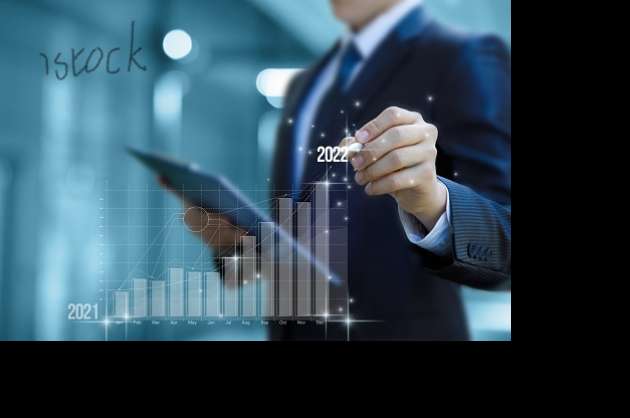Anupama Nair
What is economics? “Economics is the science which studies human behavior as a relationship between given ends and scarce means which have alternative uses”. Economic is a study about how individuals, businesses and governments make choices on allocating resources to satisfy their needs. These groups determine how the resources are organized and coordinated to achieve maximum output. They are mostly concerned with the production, distribution and consumption of goods and services.
Economics is divided into two categories – micro-economics and macro-economics. According to economists, micro-economics is the study of individuals and business decisions, while macro-economics looks at the decisions of countries and governments. Though these two branches of economics appear dissimilar, they are actually interdependent and complement each other. However, many overlapping issues exist between the two fields.
To understand why both micro-economic and macro-economic perspectives are useful, we need to consider the problem of studying a biological ecosystem like a lake. “One person who sets out to study the lake might focus on specific topics like plant life, the characteristics of particular fish or snails, or the trees surrounding the lake. Another person might take an overall view and instead consider the entire ecosystem of the lake like what eats what, how the system remains in balance, and what environmental stresses affect this balance”. Both approaches are useful, and both researchers study the same lake, but the viewpoints are different. In a similar way, both micro-economics and macro-economics study the same economy, but each has a different starting point, perspective, and focus.
Whether you are looking at lakes or economics, the micro and the macro insights should irradiate each other. In studying a lake, the ‘micro’ insights about particular plants and animals help us to understand the overall food chain, while the ‘macro’ insights about the overall food chain help to explain the environment in which individual plants and animals live. In economics, the micro decisions of individual businesses are influenced by the health of the macroeconomy i.e., for example, firms will be more likely to hire workers if the overall economy is growing. In turn, the performance of the macro-economy ultimately depends on the micro-economic decisions made by individual households and businesses.
Micro-economics:
“What determines how households and individuals spend their budgets? What combination of goods and services will best fit their needs and wants, given the budget they have to spend? How do people decide whether to work, and if so, whether to work full time or part time? How do people decide how much to save for the future, or whether they should borrow to spend beyond their current means? What determines the products, and how many of each, a firm will produce and sell? What determines the prices a firm will charge? What determines how a firm will produce its products? What determines how many workers it will hire? How will a firm finance its business? When will a firm decide to expand, downsize, or even close”? Micro-economics is the answer to all these questions.
Micro-economics involves several key principles, including
- Demand, Supply and Equilibrium: Prices are determined by the law of supply and demand. In a perfectly competitive market, suppliers offer the same price demanded by consumers. This creates economic equilibrium.
- Production Theory: This principle is the study of how goods and services are created or manufactured.
- Costs of Production: According to this theory, the price of goods or services is determined by the cost of the resources used during production.
- Labor Economics: This principle looks at workers and employers, and tries to understand patterns of wages, employment and income.
Macro-economics:
“What determines the level of economic activity in a society or nation i.e., how many goods and services does it actually produce? What determines how many jobs are available in an economy? What determines a nation’s standard of living? What causes the economy to speed up or slow down? What causes firms to hire more workers or lay them off? Finally, what causes the economy to grow over the long-term? The answer to all the above questions is macro-economic.
An economy’s macro-economic health can be assessed by a number of standards or goals. The most important macro-economic goals are:
- Growth in the standard of living
- Low unemployment
- Low inflation
Macro-economic policy pursues these goals through monetary policy and fiscal policy:
- Monetary policy, involves policies that affect lending of the bank, interest rates, and financial capital markets, and is conducted by a nation’s central bank.
- Fiscal policy, involves government spending and taxes, is determined by a nation’s legislative body.
To keep the differences between these policies we need to remember that the term monetary relates to money, and the term fiscal relates to government revenue or taxes.
These are the main tools the government in a country has to work with. Most people expect that government can fix whatever economic problems they encounter, but to what extent is that expectation realistic?

































